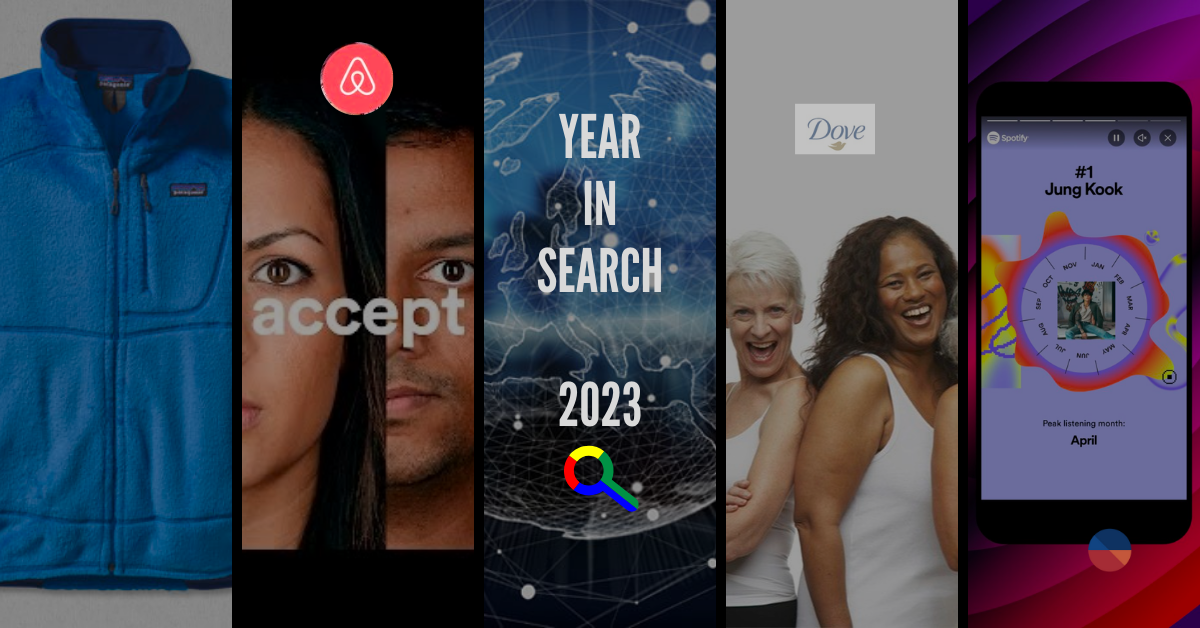Top 10 SEO trends – H2 2021
With Google processing, more than 40,000 search queries each second on an average and only a minuscule 0.78% of them from the second page of the SERP(search engine result page), the fight for #1 is more challenging than you think.
On average, moving up a spot in the SERP will increase your click rate probability by 30.8%. This, however, depends on where you’re moving from and to. Moving from #3 position to #2 place will usually result in a significant click rate boost. However, moving from #10 #9 doesn’t make a statistically notable difference.
The crux of the matter – Getting your target audience to land on your webpage without burning a hole in your pocket – SEO is the first step forward.
Here we have compiled the top 10 trends that companies can leverage for great results in 2021.
1. User Experience
User experience is a decisive element of search engine result performance. The sites’ simplified and motivating design encourages users to explore more during their visit and ensures they repeatedly visit the site.
Good user experience may lead to word of mouth marketing by customers to their network. This may result in customers’ referrals visiting your site and become your loyal customer.
Various aspects like ease of browsing, simplicity and site speed go into creating a phenomenal user experience.
The aspect of ‘site speed’ has the most substantial impact on your SEO results.
Page Experience
It is a set of signals that measures how your users are interacting with your webpage.
Generally, longer load time, slow landing pages and slow site speed can negatively impact your digital marketing efforts.
Google is set to roll out a new ranking algorithm designed to judge a web page based on the users’ experience. Google measures page experience with Core Web Vitals metrics – a set of metrics that measure real-world user experience for loading performance, interactivity, and visual stability.
Since companies have their roadmaps ready for about a year or more, this process can be complex.
Best Practices to improve site speed
a) During the year, when you have high traffic and high transaction, your hosting service should be vital to support your e-commerce.
In a recent survey, 25% of businesses said that 60 minutes of average server downtime would cost their business $301,000 – $400,000.
b) A CDN (Content Delivery Network) is a highly distributed platform of servers that helps minimises delays in loading web page content by reducing the physical distance between the server and the user.
This leads to efficient page loading speed, and the user has a better experience.
2. Voice Search Optimisation
Voice search adoption is here to stay. In the US, approximately 20% of all mobile search queries are currently using voice search, and 55% of all households are expected to own a smart speaker next year, i.e. 2022.
Best Practices for better optimisation for voice search
a) Generally, people are specific in what they ask. There are better chances of performing better on search results when you make it easier for Google’s bots to crawl your content. Enterprises can achieve this by proactively answering the questions through your website that your audience is actively searching for.
b) Longer keywords reflect how many users use voice search. It is crucial to use long-tail keywords while optimising for voice search, as they are conversational and more specific. There are higher chances of increasing conversion rates with engaged audiences.
c) Using Schema makes it easier for search bots to understand your offerings and increase your visibility.
3. Mobile-First Indexing
Mobile-first indexing means that the mobile version of your website becomes the starting point for what Google includes in their index and the baseline for how they determine rankings.
Google continues to improvise search results to cater to users’ needs.
Companies’ websites are ranking for large volume search keywords in the Local Pack. Hence, as search adjusts to mobile/local results, your enterprise site needs to consider how it impacts click and purchase behaviours.
Best Practices for Mobile-First Indexing
a) Make sure that links to sitemaps are mobile-friendly.
b) For the valuable content on your desktop site, make sure that the mobile site also displays the same. The text, videos, and images should be crawlable and indexable to better understand your site and offerings.
c) Optimise your meta descriptions and title tags as per mobile title optimisations with fewer characters.
d) Organise the data to use the same structured data markup on your mobile and desktop pages.
4. Featured Snippets
Introduced in 2014, featured snippets are selected search results featured on top of Google’s organic search results below the text in a box. These are commonly referred to as “Position Zero”. It has quickly become an important search activity.


The majority of them come from the top five results of specific search queries. This is why a strong SEO strategy that focuses on ranking high for profitable keywords is critical.
5. Original Content
Producing original content is one of the most important aspects of ranking well and be easily identified by search bots. The content can be in the form of text, videos, infographics or images.
Since the original content is fresh and has never been published earlier, it provides users with the best experience and the latest information, which helps it have a better ranking. Ensure that the content is unique and completely your own rather than copying it from an originally published article.
6. Image Search Optimisation
Images are essential to ensuring that your content is more accessible, attractive, and engaging to users, but they’re equally important in SEO. Without image optimisation, it will be difficult for search engines to crawl and rank.
Best Practices for Image optimisation
a) As per HTTP Archive, nearly 21% of a website’s weight comes from images. Compressing images improve user experiences and help search engines to crawl and reward your web pages.
b) Choose the proper format – JPEG and PNG are the most common ones. Compared to JPEG, PNG images are higher quality images with larger file sizes. In contrast, the former has a lower quality size but has more flexibility in balancing file size and image quality.
c) Unique images with alt text have a better chance of ranking high in SERPs. Alt text helps search bots to understand what the image is all about.
7. Expertise, Authoritativeness and Trust (E-A-T)
E-A-T is a growing trend in SEO. E-A-T was mentioned 135 times in the Google Search Quality Guidelines, which is used to educate search quality raters.
Raters are the people tasked by Google to conduct evaluations on the search results they are testing. The raters then submit their evaluations, and Google uses the answers to benchmark and informs future algorithms.
Though E-A-T is not a ranking factor, yet it helps assess the content quality and gives insights into what Google is looking for in content.
Best Practices for E-A-T
a) Find out what your target audience is searching for and then meet their needs. The first step is keyword research. Try to figure out searchers intent during keyword research.
b) A huge factor when it comes to authoritativeness is linking the content from relevant and authoritative websites. This helps in ranking websites well.
c) Circulate the content on social media so that more people share it. It helps in building authority.
d) Fundamentally, you need to delight your customers, and if they have any complaints, you should address them as soon as possible. This helps in promoting trustworthiness.
8. Video Content
There are thousands of videos circulating on the internet; companies need strong content with an effective SEO strategy. Organisations are using video resources to attract their target audience. With the help of videos, companies can generate more backlinks to your website and boost your SEO campaigns.
The main objective of videos is to generate reactions from the audience. The more users react to it, the more it will attract engagement.
9. Keyword Research
The use of keywords has a significant role in organic page ranking in search engines. It helps in optimising ads, content, and more. If the keywords are generating traffic, it can help your business in driving sales.
Make use of keyword research tools to identify long-tail keywords for your business. Identify some unique keywords that may drive traffic to your website.
You can also analyse SERPs to check what your customers will see when they search for your product. Low volume keywords can also generate sales.
10. Backlinks
Gone are the days when marketers used to say that more backlinks generate more authority to your website. Rather than focusing on the numbers, you should focus on building high-quality backlinks pointing back to your website.
You can also consider working with influencers who can help you generate high-quality backlinks and, at the same time, can build up long and mutually beneficial term relationship. Influencers have a better understanding of their audience preferences and can work accordingly with you to craft the content.
Conclusion
Best practices for search engine optimisation continue to evolve every year. To avoid being on the wrong side of a new algorithm or major search engine change, businesses must keep up with the latest trends and changes.
Knowing what’s in the pipeline can help a business plan for and prevent possible penalties or a huge drop in its site’s ranking – a.k.a – Google’s third-party cookies deprecation pushed to 2023.
As always keen to partake in discussions related to marketing trends, SEO, entrepreneurship and geographic consumer behaviour. Feel free to reach out to us.






